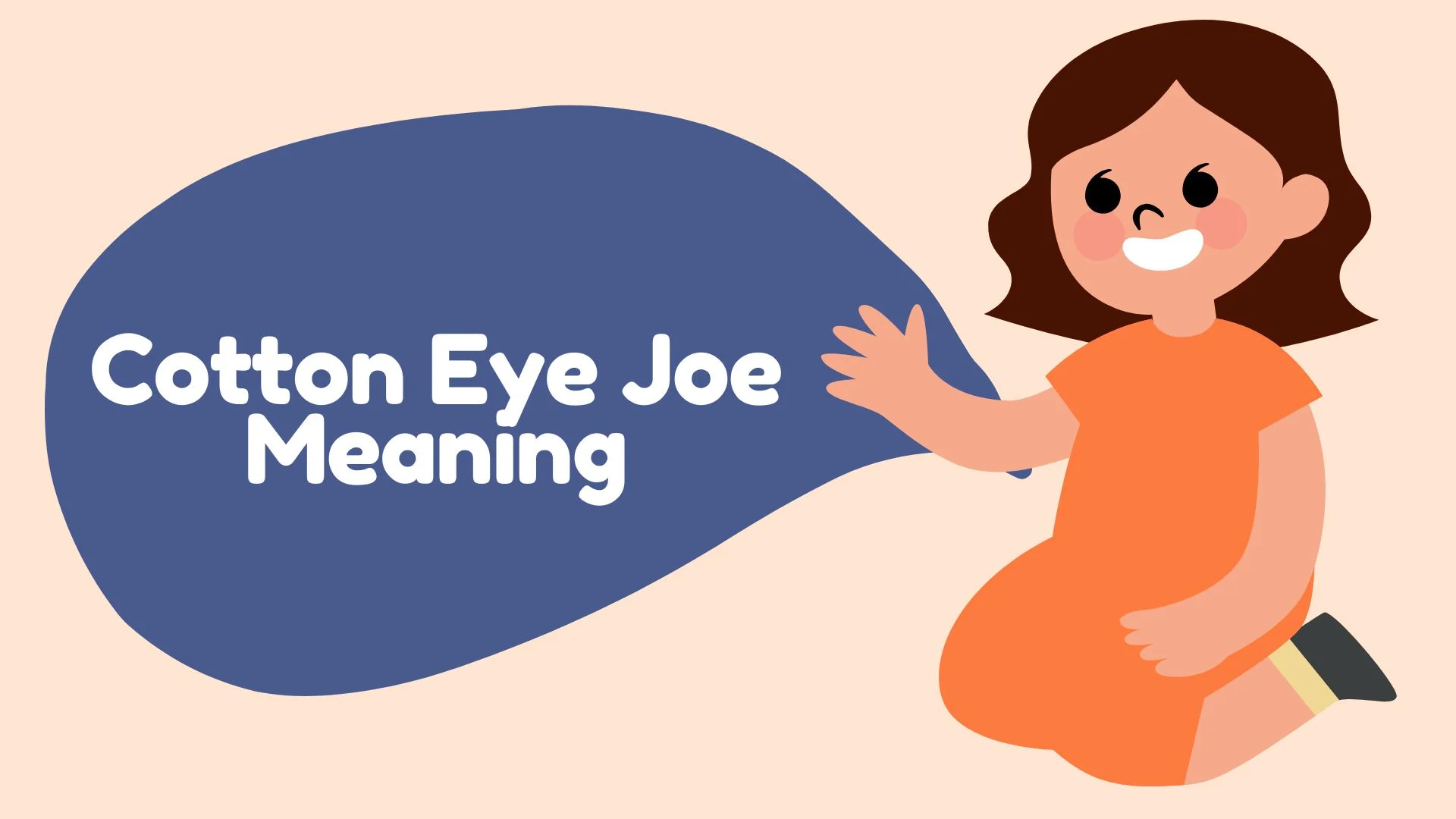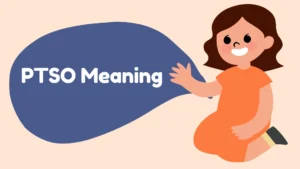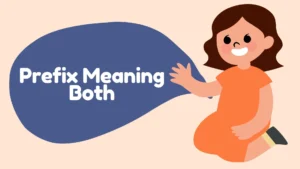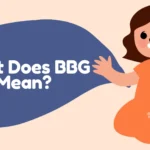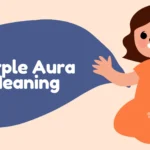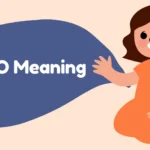The phrase “Cotton Eye Joe” is more than just the title of a catchy, high-energy song that has lit up dance floors for decades. It carries a rich cultural and linguistic history, blending folklore, music, and slang in a way that continues to intrigue listeners. But what does it really mean? Where did it come from, and why has it stood the test of time? From hoedowns to pop charts, “Cotton Eye Joe” has traveled far and wide.
Whether you’ve stomped your boots to it at a wedding or scratched your head at its lyrics, there’s something undeniably captivating about the phrase. This article unpacks the mystery behind “Cotton Eye Joe,” diving into its meanings, origins, cultural relevance, and the many ways people use and interpret it today. Let’s uncover what lies beneath the twangy beats and folk traditions surrounding this enigmatic term.
What Does “Cotton Eye Joe” Mean?
At its core, “Cotton Eye Joe” refers to a mysterious, often folkloric character from American Southern and Appalachian musical traditions. The phrase gained mainstream popularity with the 1994 techno-country hit by Rednex, but its roots go much deeper. “Cotton Eye” is often thought to describe someone with a medical condition that causes a cloudy or discolored appearance of the eyes, possibly due to cataracts or trachoma. In folk terms, it could also refer to someone with a haunting or mesmerizing gaze.
The “Joe” in the name is simply a placeholder for a generic man—like “John Doe”—making Cotton Eye Joe a symbol of a wandering, often disruptive male figure. In traditional lyrics, this character is someone who comes into town, causes trouble, and leaves just as mysteriously. He’s often blamed for ruining relationships or stealing away a love interest.
This folkloric vagueness makes Cotton Eye Joe an archetype—a mischievous stranger, a lost lover, or a cautionary tale—depending on the context. It reflects both humorous and tragic elements, making it a surprisingly layered figure in American vernacular storytelling.
Other Ways to Say “Cotton Eye Joe”
Though “Cotton Eye Joe” is quite specific, there are a few similar phrases and expressions that echo the same spirit or meaning:
- “Rolling Stone” – Often used to describe someone who moves from place to place, never settling down, much like Cotton Eye Joe.
- “Lothario” or “Casanova” – Describes a man who seduces women and then disappears, similar to the way Cotton Eye Joe disrupts relationships.
- “Drifter” or “Wanderer” – These terms convey the idea of someone who moves unpredictably from place to place.
- “Heartbreaker” – A general term for someone who enters your life briefly but leaves emotional wreckage behind.
While none of these perfectly substitute for “Cotton Eye Joe,” they capture aspects of the character’s mystique and impact. Each term highlights the role of a transient figure who changes the lives of those around him—usually not for the better.
Definitions & Meaning
Literal Meaning
“Cotton Eye Joe” has no official dictionary entry due to its origins in oral tradition and folk music, but it can be broken down:
- Cotton Eye: Possibly a reference to a condition affecting the eyes, or metaphorically, someone with an odd or memorable look.
- Joe: A generic male name used in countless American idioms.
Together, the term paints the picture of an unfamiliar man with a strange gaze—someone unforgettable and potentially disruptive.
Figurative Meaning
In cultural terms, Cotton Eye Joe represents:
- A symbol of unpredictability and chaos.
- A folk tale figure who stirs emotions and vanishes.
- A musical archetype that reflects deeper social and personal themes—like lost love, regret, and warning tales.
Modern interpretations often strip away the depth, reducing Cotton Eye Joe to just a quirky or funny song character. However, its folkloric depth tells a more nuanced story.
Origins & History
The origins of “Cotton Eye Joe” date back to at least the mid-1800s in the Southern United States. It began as a traditional American folk song with African American roots, performed during barn dances and social gatherings. The first known publication of the lyrics appeared in 1882, though versions had been passed around orally for decades prior.
Its structure and rhythm suggest it was heavily influenced by African American work songs and fiddle tunes. Over time, the song was adopted and adapted by white musicians, especially in Appalachian and bluegrass communities.
The 1994 version by Rednex fused traditional fiddle lines with Eurodance beats, catapulting the song into international fame. While the Rednex rendition is often seen as kitschy or humorous, it brought new life to a folk relic that had long been a staple of American musical heritage.
Its persistence shows how traditional music can evolve while still preserving a thread of its original identity.
Example
To better understand the term, let’s look at an example from the traditional version of the song:
“Where did you come from, Cotton Eye Joe? Where did you go? Where did you come from, Cotton Eye Joe?”
These lines suggest Joe is a mysterious, fleeting figure—someone who shows up, causes a stir, and then disappears without explanation. In many older versions, Joe is directly blamed for ruining a relationship:
“He brought disaster wherever he went The hearts of the girls was to hell broken sent.”
Here, Joe isn’t just a person—he’s a metaphor for emotional upheaval, sudden change, or fate itself.
Usage in Different Contexts
Social Media
“Cotton Eye Joe” has become a meme and pop culture reference point. People often use it humorously to describe chaotic events or mysterious intrusions, such as:
“Everything was going great… and then Cotton Eye Joe happened.”
This format lends itself well to ironic storytelling and comedic exaggeration.
Professional or Academic Contexts
Rarely used formally, but “Cotton Eye Joe” might appear in discussions about American folk music, cultural appropriation, or the evolution of oral traditions. Musicologists and folklorists might analyze it as an example of how songs evolve across racial and regional lines.
Pop Culture
From TV shows to movies, the song often plays during dance scenes or as a cue for lighthearted chaos. It has become synonymous with rural Americana and dance-floor nostalgia, even showing up in talent shows and parodies.
Common Misunderstandings & Clarifications
- It’s just a silly song. Not entirely. While the Rednex version plays up the silliness, the original versions are rooted in emotional storytelling and folk tradition.
- Cotton Eye Joe is a real person. There’s no evidence he was a real historical figure. He’s a symbolic character who may represent many different things.
- The song is modern. False. Its roots are deep in 19th-century America, and the 1994 version is just one modern adaptation.
- It’s meaningless. On the contrary, it holds layered meanings about transience, love lost, and social dynamics.
Alternatives & Synonyms
If you’re looking for alternative terms that carry similar meanings (mysterious person, emotional chaos, disruption), consider:
- Heartbreaker
- Phantom lover
- Wanderer
- Troublemaker
- Ghost from the past
These don’t capture the full cultural weight of “Cotton Eye Joe,” but they can be used in similar figurative contexts depending on the tone you’re aiming for.
Frequently Asked Questions (FAQ)
1. Who is Cotton Eye Joe supposed to be? He’s a fictional character from American folk music—usually depicted as a disruptive, mysterious man.
2. What does “Cotton Eye” refer to? Possibly an eye condition or a metaphor for an unusual gaze. Interpretations vary.
3. Is the Rednex version the original? No, the song dates back to at least the 1800s. Rednex popularized a techno remix of it in 1994.
4. Why is it so popular at weddings and dances? Its fast tempo and catchy rhythm make it perfect for line dancing and group events.
5. Is “Cotton Eye Joe” offensive? Generally, no—but discussions around cultural appropriation and the song’s African American origins are important to consider.
6. Are there other songs like it? Yes—songs like “Old Dan Tucker” or “Oh! Susanna” come from similar folk traditions.
7. Has it been used in movies or TV? Yes. It has appeared in numerous films, commercials, and even meme compilations online.
Conclusion
“Cotton Eye Joe” is far more than a quirky dance song—it’s a folkloric symbol wrapped in layers of cultural and emotional significance. From its mysterious character to its deep roots in American music history, the phrase captures the essence of storytelling through song.
Whether you’re analyzing it in a musicology class or just having fun on the dance floor, understanding the meaning behind “Cotton Eye Joe” adds depth to an otherwise playful tune. So next time you hear those famous fiddle riffs, remember: there’s a lot more to Joe than meets the eye.

